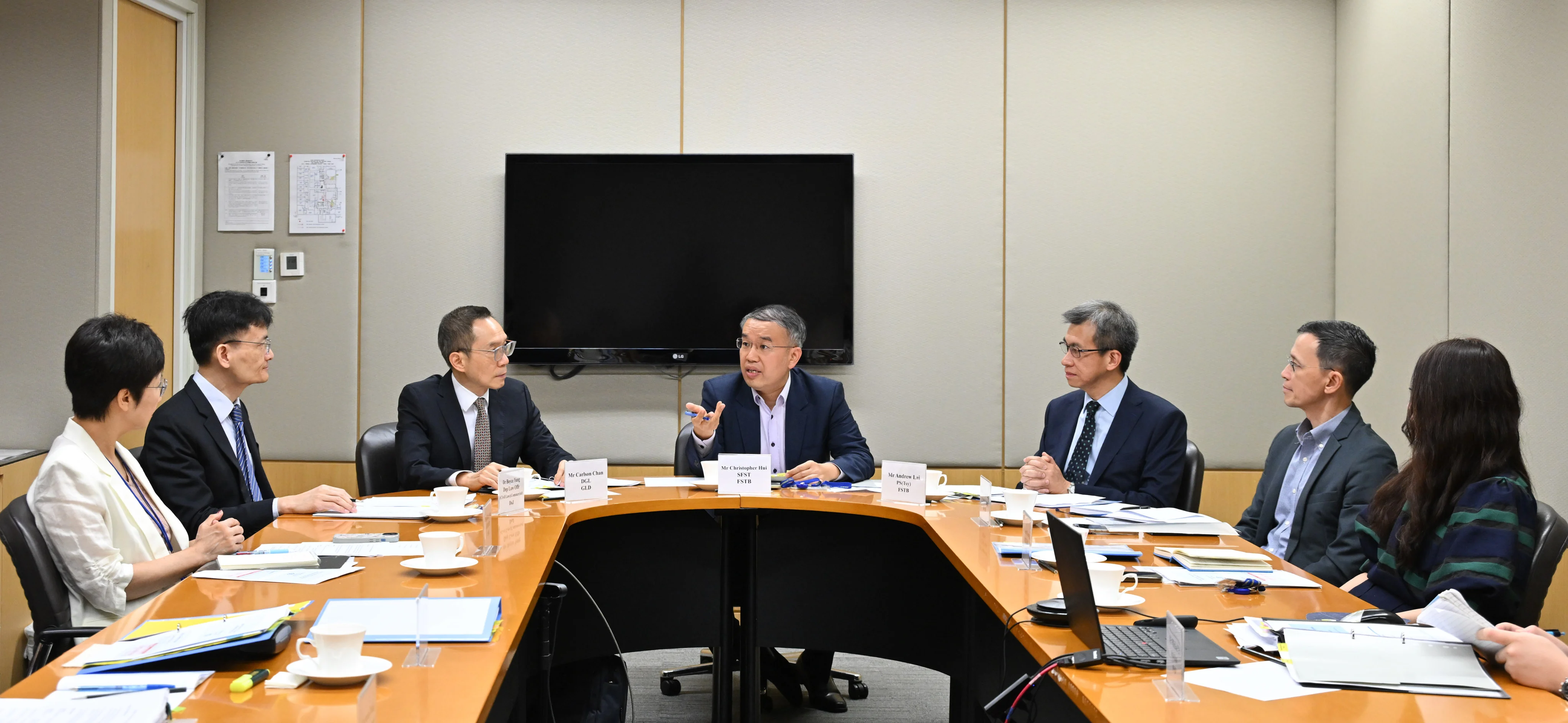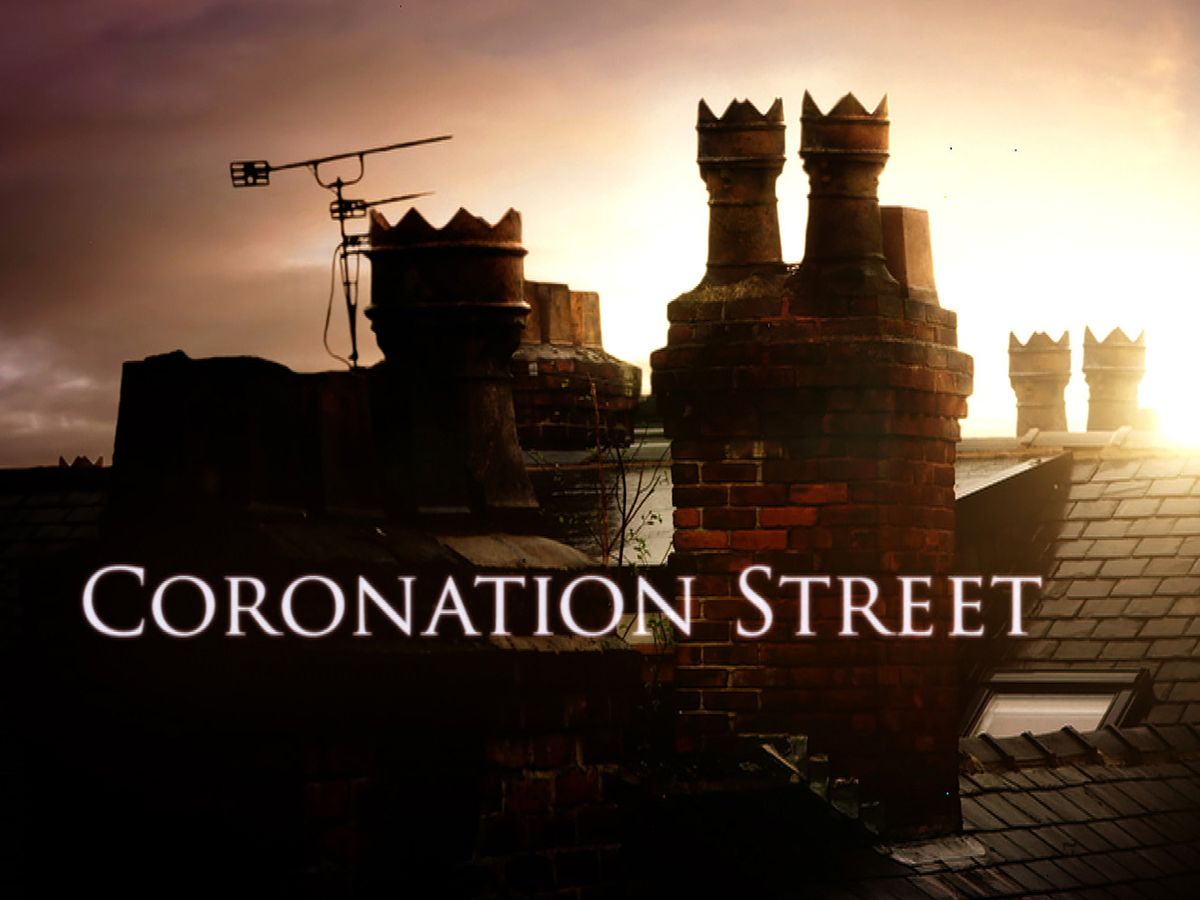By David Dodwell
Copyright scmp

Counterfeit bricks in MTR’s Tung Chung East station project, improperly sourced bottled water for government departments, substandard trainers for lifeguards – recent scandals in Hong Kong have aroused controversies rooted in the government’s public procurement process.
Few Hongkongers have the vaguest idea of the scale of government procurement, even though it is everywhere around us. The Government Transparency Institute, which tries to monitor government procurement worldwide, estimates it accounts for around 30 per cent of government spending.
Worldwide, public procurement shares at least three characteristics. First, it is a colossal business estimated to be worth US$9.5 trillion to US$13 trillion, about 10 per cent of the global economy. It is especially concentrated in the defence, housing, infrastructure and healthcare sectors.
Second, it is virtually invisible, with very few governments providing the information needed for business, journalists, academics or civil society organisations to analyse or interrogate the data. And third, it is a honeypot for corruption. The UN Office on Drugs and Crime estimates 10-25 per cent of the value of public contracts worldwide is lost to corruption – that can amount to over US$1 trillion a year.
Getting an accurate fix on the scale of public procurement worldwide, and of the corrupt skimming, is a tangled business. The Government Transparency Institute builds its estimates on the back of 72 million procurement contracts across 42 countries studied between 2006 and 2021.
Two other think tanks devoted to encouraging more transparency in public procurement, the Open Contracting Partnership and Spend Network, estimate a US$13 trillion market, but their analysis is based on openly published contracts amounting to US$362 billion – just 2.8 per cent of the market – as “governments disclose very little information about how this money is spent”. Just 16 countries are thought to account for over US$10 trillion in public procurement, with China (US$4.2 trillion) and the United States (US$1.8 trillion) making up more than half of this.
In spite of our recent procurement controversies, Hong Kong seems among the more transparent. Tendering processes are public and the outcomes – detailing who has won a procurement contract and the contract value – are regularly released.
The Treasury Branch’s Guide to Procurement says contracts are awarded “through open, fair, competitive and transparent procedures. No favours. No discrimination”. All procurement activity is coordinated through the Government Logistics Department. But still there is no integrated overview of the annual procurement spending.
Scouring through their lists of contract awards provides a fascinating and bamboozling insight into the size and scope of government procurement. There are contracts for supplies from reams of “white wood-free printing paper” to tonnes of calcium nitrate to control sewage odour, from over HK$1 billion (US$128.3 million) for the management and maintenance of the Route 6 project linking West Kowloon with Tseung Kwan O, to more than 3 million blood sample containers and over HK$3.67 million worth of hepatitis B test kits for the Department of Health.
There are cross-country vehicles for the Electrical and Mechanical Services Department, harbour patrol vessels for the Marine Department and HK$13 million worth of “summer traffic protective jackets” for the police. Bank of China Insurance has just won a HK$111 million contract with the Education Department for a two-year policy covering schools’ public liability, employees’ compensation and group personal accidents, while Aon Hong Kong has an estimated US$474,000 contract to cover the Civil Aviation Department’s legal liability insurance.
The Architectural Services Department recently awarded a HK$2.2 billion contract to China State Construction Engineering to complete the Chai Wan headquarters for the Water Supplies Department and Correctional Services Department. The Fire Services Department has just awarded an HK$89.5 million contract for cleaning services.
In this context, a few pairs of trainers for lifeguards, some counterfeit bricks and improperly sourced bottles of water give barely a glimpse into the scale of procurement opportunities. But we have had bigger dramas.
Remember the 1999 Housing Authority piling scandal in Sha Tin, where just four of the 36 pilings supporting two 31-storey residential towers were of the correct length? Contractors must have thought no one would notice once the buildings were up. Remember Leighton Contractors, which in 2018 faced allegations of construction errors in building the Hong Kong-Macau-Zhuhai bridge?
Even with the most rigorous tripwires, it is clear not just for Hong Kong, but for most governments worldwide, that the scope for waste and corruption is huge. The bigger the contract, the more scope for padding and the greater the incentive to use bribes or other forms of influence to win a tender.
That is being discovered amid huge political controversy in the Philippines as endemic corruption is exposed across billions of dollars’ worth of flood protection contracts. Senators, congress members and contractors have enriched themselves at taxpayers’ expense, with local officials paid to turn a blind eye to short cuts and illicit transfers.
Emergencies or disasters are especially vulnerable to corrupt behaviour, as the urgency of need enables lax tendering procedures and short advertising periods. The Covid-19 pandemic provided opportunities for corruption on an epic scale as health authorities scrambled to acquire personal protective equipment, vaccines and other medical supplies.
Hong Kong’s latest government procurement controversies are likely to be short-lived. But they provide valuable reminders that public procurement is – and probably always will be – vulnerable to corruption. Transparency, good audits, appeal channels for losing bidders and openings for whistle-blowers might provide some checks, but never a foolproof solution.



